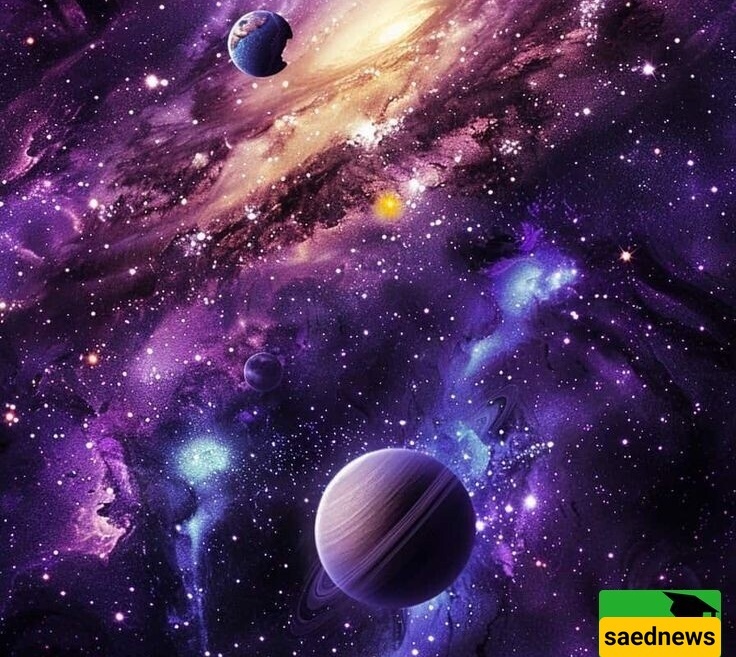SAEDNEWS: Do you know what type of galaxy you’re seeing in today’s NASA image? This astonishing structure is a rare example of a polar ring galaxy, whose unusual appearance has captivated astronomers and space enthusiasts alike.

According to the Science Service of Saed News, the galaxy NGC 660 features two separate rings of stars: one bright ring composed of stars, gas, and dust oriented almost vertically, and another shorter ring that extends obliquely. The formation of polar-ring galaxies is still not fully understood and remains one of the most intriguing topics in astronomy. However, a leading theory suggests that these structures often result from the collision and interaction of two galaxies with differing central disk orientations. In this process, material from one galaxy is pulled by gravity into orbit around the host galaxy, forming a ring perpendicular to the host galaxy’s main plane.
NASA’s “Image of the Day” was recently captured from the El Sauce Observatory in Chile. The optical data in this image vividly reveal the complex interplay of gas, dust, and stars within the rings. Studying the rings of NGC 660 could provide key insights into galaxy evolution, intergalactic interactions, and, notably, dark matter.
These clues play a crucial role in understanding the distribution of dark matter in such systems, as the rings indirectly reveal the gravitational effects of unseen matter.


